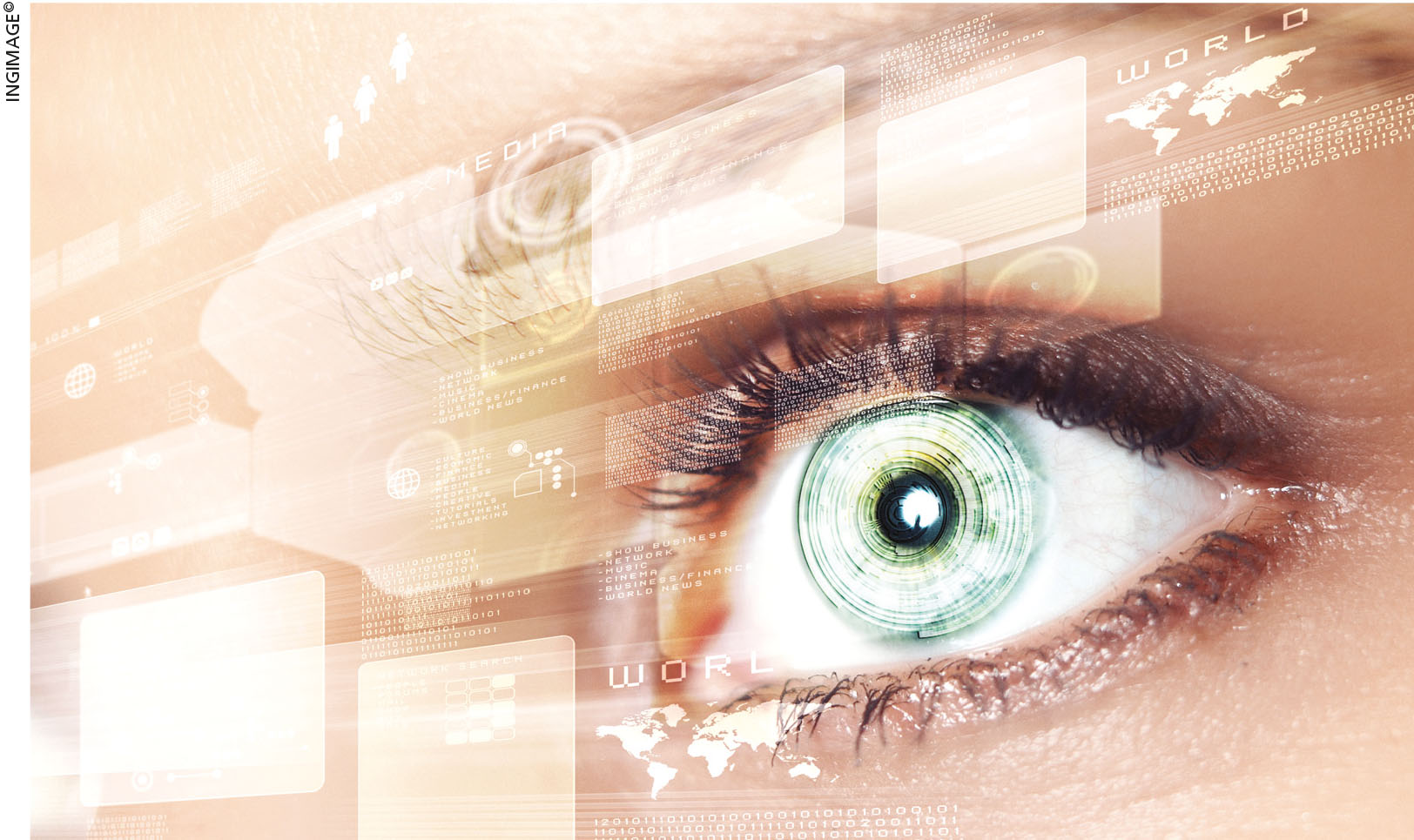MARKETING STRATEGY

‘OOMPH’ IN VISUAL APPEAL!
Visual merchandising is a persuasive retailing tool – Dr. Muneer Muhamed

The pandemic has battered the retail sector in more ways than one. Layoffs and stagnant sales have resulted in many retailers spending money to advertise special offers across media platforms. But their most important sales pitch hasn’t even taken place yet!
How do you convert footfalls into revenue?
Visual merchandising and customer service work in tandem with advertising and marketing efforts to influence customers before
a purchase decision is made. Visual merchandising is a primary retailing tool in guiding customers through the purchase process.
Customers who are new to a store are much more likely to use visual merchandising cues such as posters, displays, LED screens, banners and directional signage while those who frequent a retail establishment are bound to make purchase decisions based on previous experience with store assistants.
Products requiring higher levels of customer involvement increase the role of visual merchandising in the decision-making process.
Visual merchandising updates can be subtle, and still significantly affect the customer experience as well as perceptions of it. According to customer surveys, perceived waiting times at cash counters fell by 50 percent after a leading retail chain installed TVs airing some programmes near the cash counters. This is also a good opportunity to earn revenue for retailers by airing advertisements.
The bottom line is that people hate waiting in line and wasting time. If you can make that time more fun or productive, customer service will get a thumbs-up.
Here’s a seven step process to improve visual merchandising:
RESEARCH Knowing how your customers shop is vital to retail success. Research, though often expensive, is the only way to base your strategy on actual consumer trends and apply it to the marketing environment of individual stores.
Don’t neglect to get input at the retail level – such as from store employees. Understand how people are spending their time in the store. How much time are they waiting in line? And how much time do they have to absorb your messages? The faster the consumer shops, the less effective the signage is.
You need to be more conservative in the number and complexity of messages.
If customer interaction time is limited, you may want to consider replacing text messages with visuals. Photographs are almost always more convincing than words and people are likely to react better to images. Of course, dynamic images increase retention at an even higher rate.
COORDINATION From websites to shopping bags, make sure that all your marketing efforts are sending coordinated and cohesive messages about your offerings.
It’s also important to drive branding and colour schemes as well. Considering that most retailers charge for carry bags, make it durable for more usage.
FLEXIBILITY Consider using in store interactive technology to make the shopping experience more exciting. And keep in mind that high-tech displays must be product driven, informative and easy to manage.
Touchscreen kiosks are more often able to help customers complete simple tasks or solicit answers to product questions. Much of the new sign and graphics technology enable stores to quickly create images, and change messages to meet store promos.
EFFICIENCY Accommodate busy shoppers by using merchandising and store design to create convenient shopping experiences. Customers need quick answers to product features or performance questions, and appreciate a wider choice.
Anything that helps them accomplish these with a great shopping experience will entice them to return to the store.
PSYCHOLOGY Stores must recognise customers’ desire for friendly, inviting and comfortable places to shop. However, the interpretation and application of what comfort means has never varied so greatly.
For instance, in the traditional, conservative financial services sector, the role and means of visual merchandising in customer service is becoming a hot topic. After careful review of customer interaction in the store, a number of industry leaders are changing the traditional look and feel of banking services by testing complete branch overhauls.
TECHNOLOGY Develop analytics and predictability tools to change messaging for individual customers on their mobile devices, and even on the shopping carts.
And ensure that you recommend missed items they may have purchased before or products that go well with an item they’ve picked up. The possibilities are endless.
INCLUSIVENESS Critical to the success of any visual merchandising strategy is the degree to which store level employees embrace your programme and participate in it.
Make sure managers know what’s in it for them and what they’re expected to do. Even if you’ve sold the concept of the promotion at the corporate level, it may not trickle down to the front line people who have to make it happen. Consider using incentive programmes to inspire greater involvement.




Wonderful thoughts and insight. Indeed, the visual appeal is most critical in today’s context when we buy off the shelf.